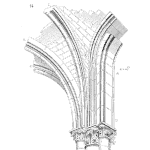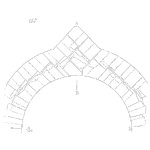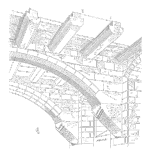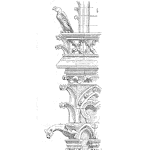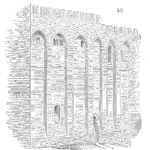
Recently one of the CRE Preparation course students sat for the ASQ CRE exam at one of the Prometrics testing centers.
She passed – which is great, and she knew this as she received grading immediately after finishing the exam.
That is a new and nice feature. What we do not know if what happens if you do not pass.
Do you get feedback in a meaningful manner?
Here are a few other notes on the exam experience Raye reported. [Read more…]

